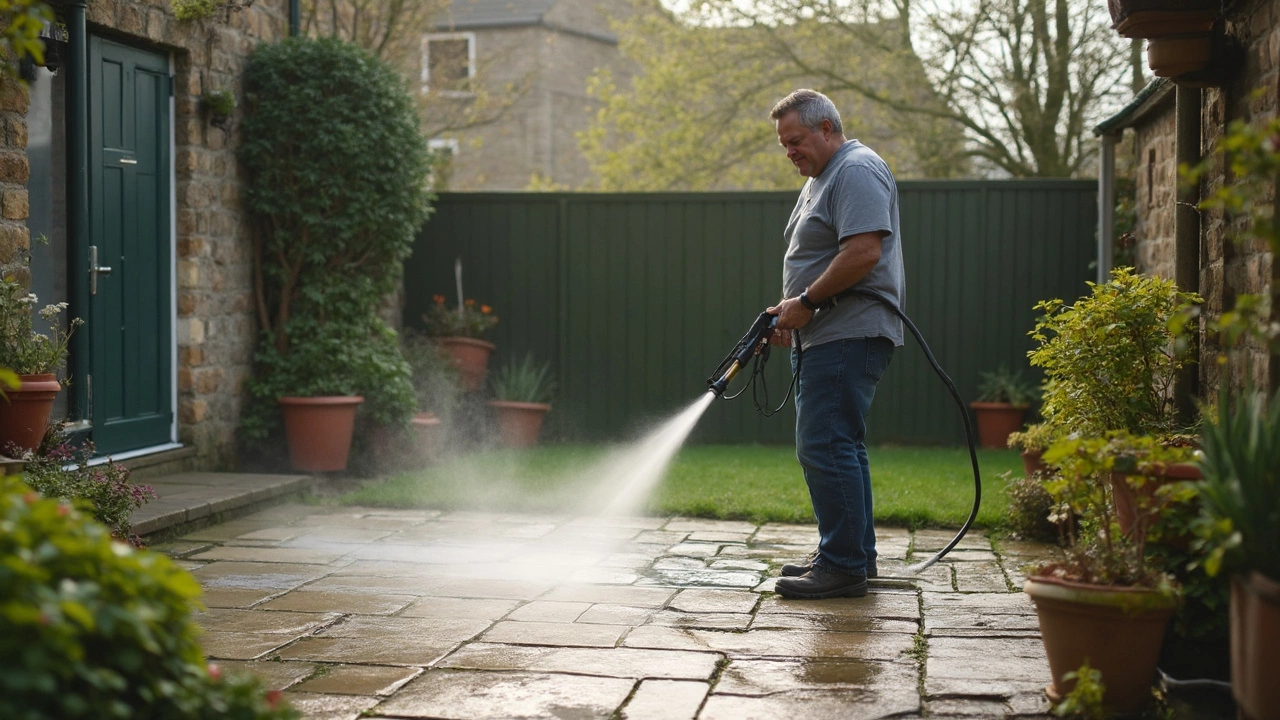Water Only Cleaning: Easy Ways to Get a Fresh, Chemical‑Free Home
Ever wonder if you can ditch the pricey sprays and still get a sparkling kitchen, bathroom, or windows? The answer is yes – you can clean with just water and a few smart tricks. Using only water cuts down on harsh chemicals, saves money, and keeps kids and pets safe. Below are the basics you need to start a water only cleaning routine that actually works.
Why Choose Water Only?
Water is a natural solvent. It loosens dust, lifts grease, and carries away dirt when you apply the right amount of pressure or heat. When you add a microfiber cloth or a good mop, the water‑borne particles cling to the fibers instead of spreading around. This means fewer residues left behind and a healthier indoor environment.
Going water only also means you’re supporting a greener home. No plastic bottles, no toxic runoff, and no lingering chemical smells. It’s a win‑win for your budget and the planet.
Best Water Only Techniques
1. Hot‑Water Steam Cleaning – A handheld steam cleaner turns water into high‑temperature steam that melts grease and kills germs. It’s perfect for kitchen stovetops, bathroom tiles, and even upholstery. Just fill the tank, wait for the steam, and glide the nozzle over the surface. No chemicals needed.
2. Microfiber Magic – Microfiber cloths are designed to trap dust and grime. Wet the cloth with warm water, wring it out, and wipe down countertops, mirrors, or glass. The tiny fibers hold onto particles much better than a regular towel, so you get a streak‑free shine.
3. The Two‑Bucket Method – For floor cleaning, use one bucket for clean hot water and another for rinsing. Dip a mop into the clean bucket, mop the floor, then rinse the mop in the second bucket before returning to the first. This keeps dirty water from spreading back onto the floor.
4. Pressurized Water for Outdoor Surfaces – A garden hose with a spray nozzle can remove dirt from patios, driveways, and exterior walls. Increase the pressure just enough to lift grime without damaging the surface. For stubborn spots, let the water sit a minute before rinsing.
5. DIY Vinegar‑Free Rinse – If you need extra cleaning power on tough stains, add a splash of lemon juice or a pinch of baking soda to hot water. The mild acidity or mild abrasiveness helps break down residue while staying chemical‑light.
Remember to test any water‑only method on a small hidden area first, especially on delicate surfaces like natural stone or polished wood. Some finishes may react poorly to excessive moisture.
Putting these tips into practice takes just a few minutes a day. Start with high‑traffic spots – kitchen counters, bathroom sinks, and entryway floors – and watch the grime disappear. You’ll be surprised how much you can achieve with nothing more than water, heat, and the right tools.
Ready to try it? Grab a microfiber cloth, heat some water, and give your home a fresh start – chemical‑free and hassle‑free.

Pressure Wash with Just Water: How Effective Is It?
Ever wondered if blasting away dirt with just water and a pressure washer can get the job done? This article breaks down when water alone is enough, where it might not cut it, and what actually happens on different outdoor surfaces. You'll find out the real-life limits and perks of skipping the soap. Get practical tips on how to get the most out of your pressure washer if you use just water. Real answers from someone who's made the mess and cleaned it up.
Read More